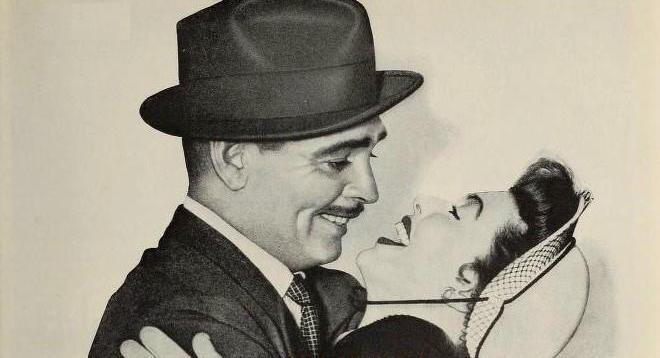Commentary
In 1936, Clark Gable made a very successful film called “San Francisco.” Starring alongside Jeanette MacDonald and Spencer Tracy, he played a tough nightclub owner on the Barbary Coast around the turn of the century. His character runs for public office to clean things up in the low rent district. Fourteen years later, he played a similar character in a modern-set film, “Key to the City” (1950).





